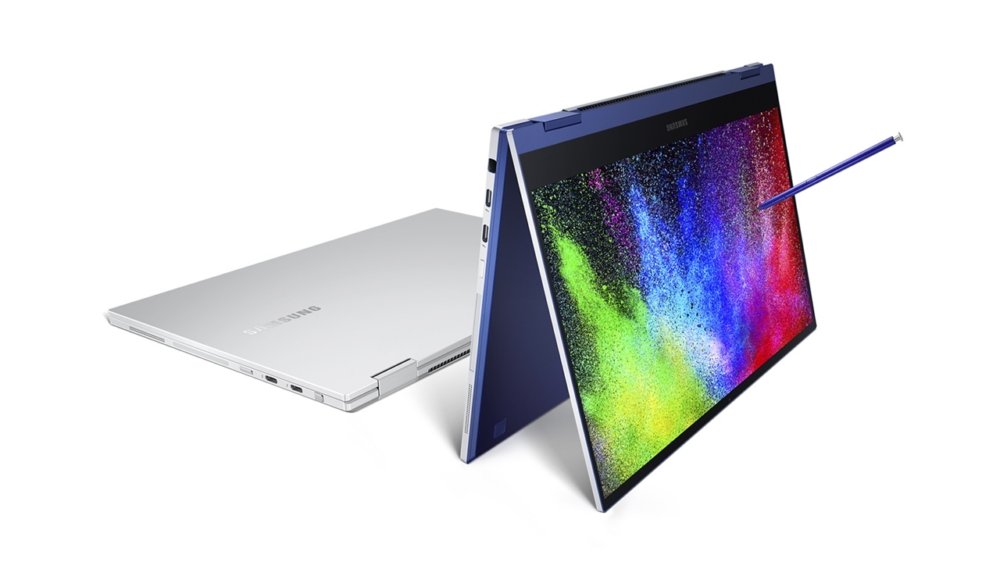Notes:
• Data is preliminary and subject to change. Some IDC estimates prior to financial earnings reports. Data for all companies are reported for calendar periods.
• The total tablet market includes slate tablets plus detachable tablets. References to "tablets" in this release include both slate tablets and detachable devices.
• "Convertibles" refers to convertible notebooks, which are notebook PCs that have keyboards that can either flip, spin, or twist, but unlike detachable tablets, convertible notebook keyboards are hardwired to the display.
• Shipments include shipments to distribution channels or end-users. OEM sales are counted under the company/brand under which they are sold.
• The "Company" represents the current parent company (or holding company) for all brands owned and operated as a subsidiary.
The worldwide tablet market returned to growth in the third quarter of 2019 (3Q19) with 37.6 million units shipped globally for a year-over-year increase of 1.9%, according to preliminary data from the International Data Corporation (IDC) Worldwide Quarterly Tablet Tracker.
Tablet Company Highlights
Apple maintained its lead and grew 21.8% over last year. The introduction of a new iPad late in the quarter helped the company gain share, growing from 26.3% in 3Q18 to 31.4% in 3Q19. By including the Smart Connecter on its latest device, all of Apple's iPads except the Mini now offer a detachable keyboard option. This, combined with the iPad OS, makes Apple the largest player in the detachable space and a greater threat to the traditional PC market.
Amazon.com managed to grab the second spot (usually held by Samsung) during the quarter, growing shipments 25.6% year over year. The introduction of the new Fire 7 last quarter combined with the company's annual Prime Day Sale helped drive shipments. With the latest refresh of the Fire 10 and the upcoming holiday season, Amazon continues to position itself as one of the most popular tablet brands.
Samsung slipped into third place, shipping 4.6 million units in the quarter. The Tab A series continues to be incredibly popular accounting for more than half of Samsung's shipments while the Tab S series has helped raise the company's profile as a premium Android tablet vendor.
Huawei shipped 3.6 million units in 3Q19 for a year-over-year decline of 4.4%. The company has faced steady pressure from the United States, and this has led to a bit of retrenchment as the majority of the company's shipments were in China.
Lenovo rounded out the top 5, growing its share slightly from 6.3% in 3Q18 to 6.7% in the current quarter. The company's performance in Asia/Pacific including Japan along with Europe, Middle East & Africa, continued to be a driver.
















